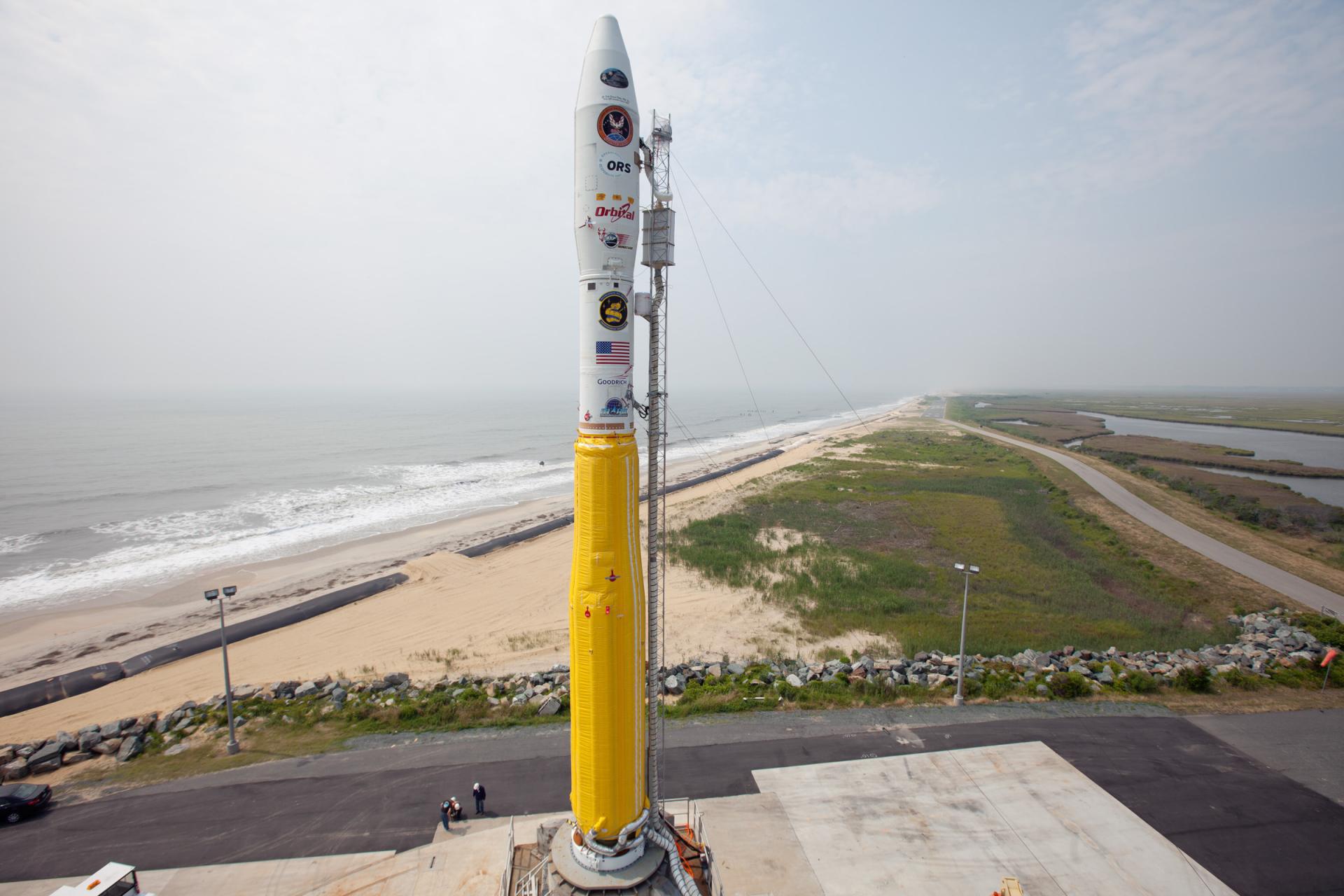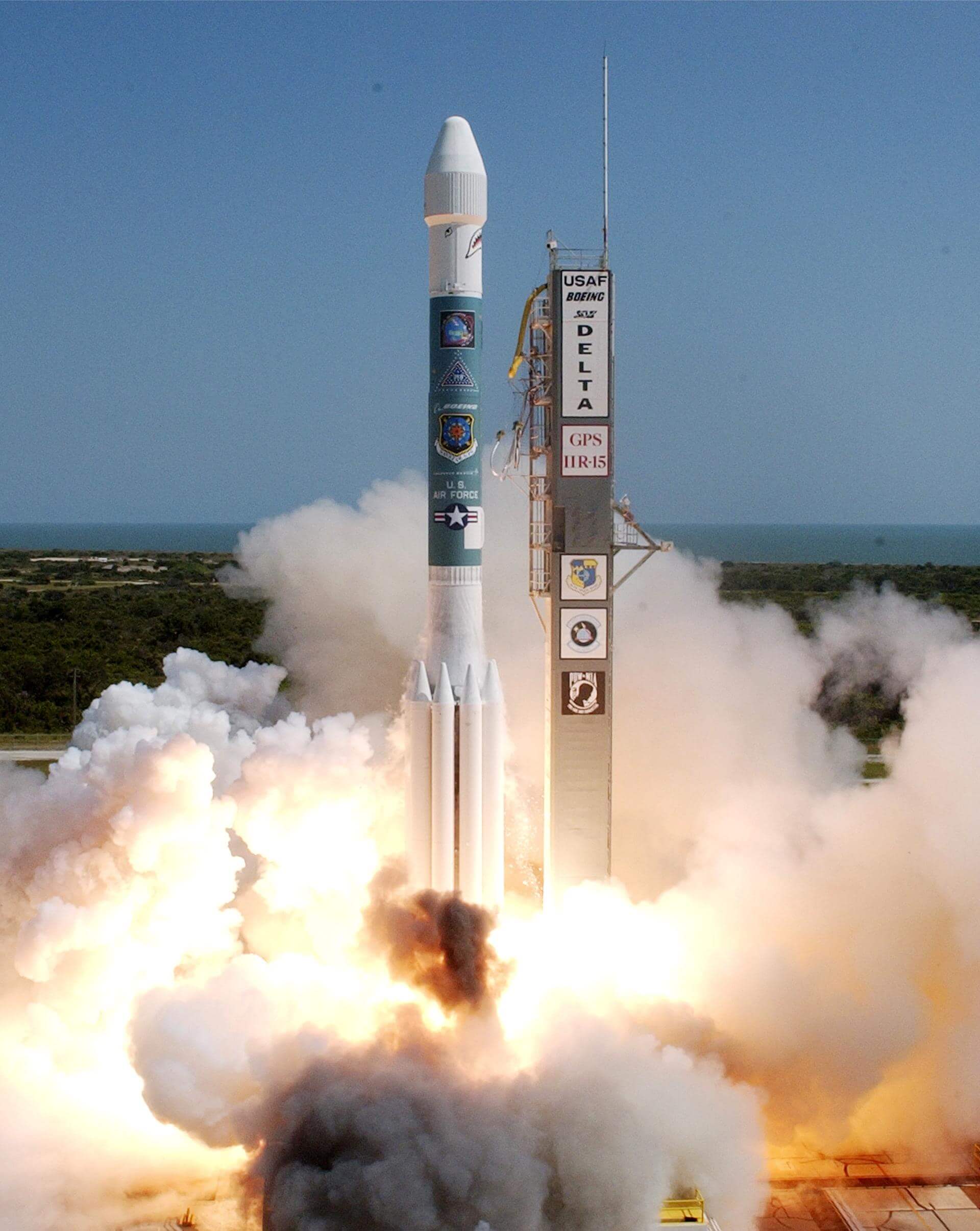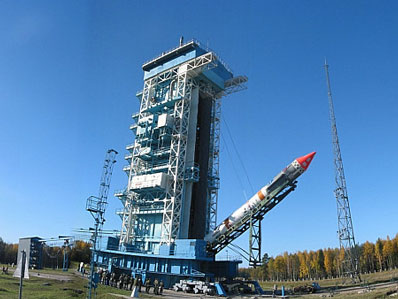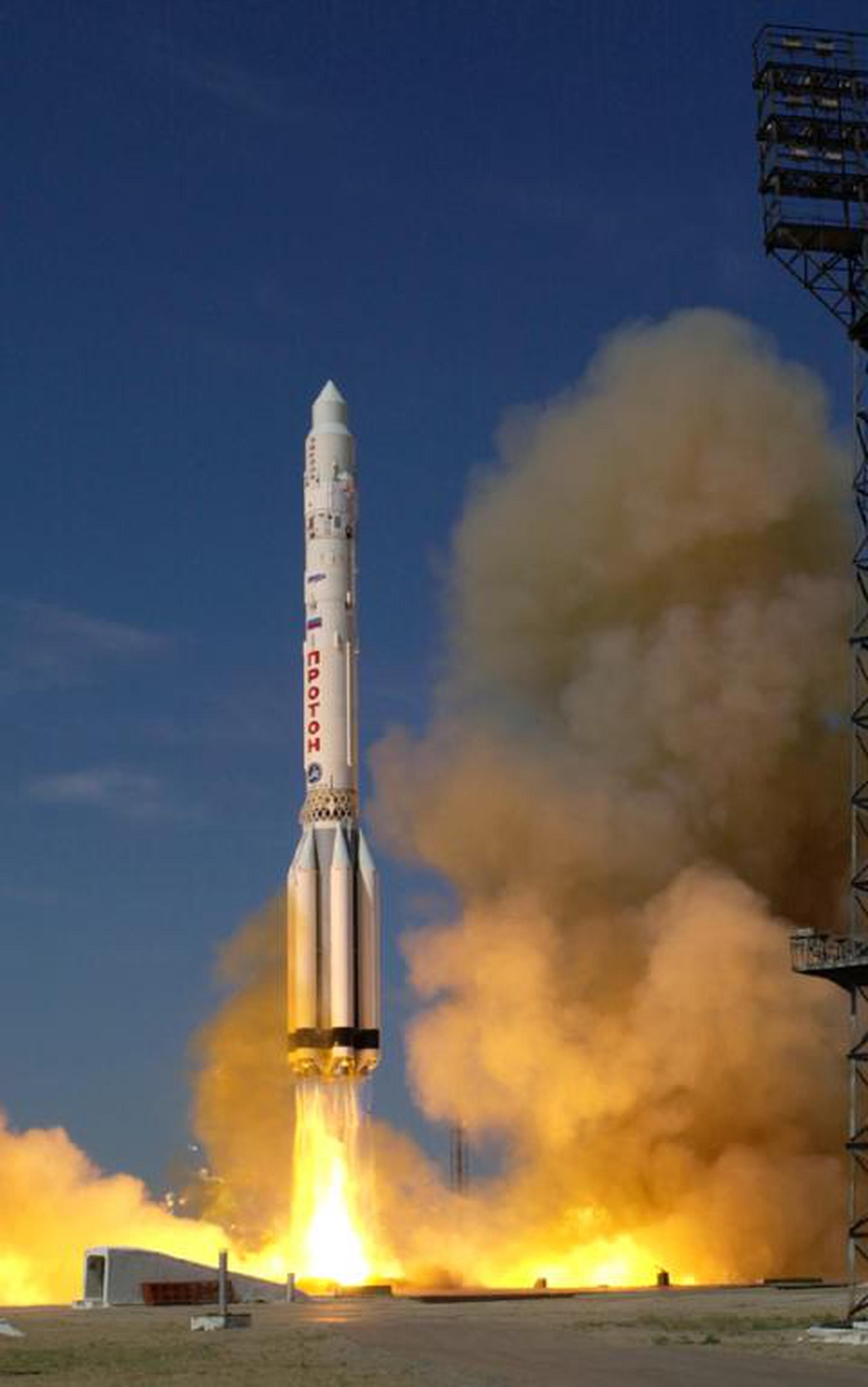Previous Spaceflight Launches
Filter by Agency, Locations or Vehicles
Show All LaunchesSoyuz-U-PVB | Cluster Rumba & Tango
Progress Rocket Space Center | RussiaBaikonur Cosmodrome, Republic of Kazakhstan
Aug. 9, 2000, 11:13 a.m.
Status: Launch Successful
Mission:
Cluster is an magnetospheric research project, consisting of a constellation of four identical satellites. Part of the first Cornerstone Mission in the European Space Agency's long-term space science programme, the Cluster II satellites were built to replace the original Cluster mission, which was aborted after Ariane-5G's maiden flight in June 1996 failed to launch the satellites. The mission's objective is to research the Earth's magnetosphere and its interaction with the solar winds, via four identical satellites flying in formation which take simultaneous measurements to provide the most detailed three-dimensional study of changes and processes taking place in near-Earth space. The four satellites were launched in 2000 on two Soyuz-U Fregat rockets.
Elliptical OrbitSoyuz U | Progress M1-3
Russian Federal Space Agency (ROSCOSMOS) | RussiaBaikonur Cosmodrome, Republic of Kazakhstan
Aug. 6, 2000, 6:26 p.m.
Zenit | PAS 9
Sea Launch | RussiaSea Launch
July 28, 2000, 10:42 p.m.
Status: Launch Successful
Mission:
PAS-9 was one of three HS-601HP satellites ordered Oct. 12, 1998, from Hughes Space and Communications Company (HSC) by PanAmSat Corporation. The satellite provides broadcast and general communications services in C- and Ku-band for the Americas, the Caribbean and western Europe, plus direct-to-home services for Mexico in Ku-band.
Geostationary OrbitMinotaur I | Sindri
Orbital Sciences Corporation | United States of AmericaVandenberg SFB, CA, USA
July 19, 2000, 8:09 p.m.
Soyuz-U-PVB | Cluster Salsa & Samba
Progress Rocket Space Center | RussiaBaikonur Cosmodrome, Republic of Kazakhstan
July 16, 2000, 12:39 p.m.
Status: Launch Successful
Mission:
Cluster is an magnetospheric research project, consisting of a constellation of four identical satellites. Part of the first Cornerstone Mission in the European Space Agency's long-term space science programme, the Cluster II satellites were built to replace the original Cluster mission, which was aborted after Ariane-5G's maiden flight in June 1996 failed to launch the satellites. The mission's objective is to research the Earth's magnetosphere and its interaction with the solar winds, via four identical satellites flying in formation which take simultaneous measurements to provide the most detailed three-dimensional study of changes and processes taking place in near-Earth space. The four satellites were launched in 2000 on two Soyuz-U Fregat rockets.
Elliptical OrbitDelta II | GPS IIR-5
United Launch Alliance | United States of AmericaCape Canaveral SFS, FL, USA
July 16, 2000, 9:17 a.m.
Kosmos-3M | CHAMP & MITA
Russian Space Forces | RussiaPlesetsk Cosmodrome, Russian Federation
July 15, 2000, noon
Status: Launch Successful
Mission:
CHAMP (Challenging Mini-Satellite Payload) is a German small satellite mission for geoscientific and atmospheric research and applications, managed by GFZ. MITA carries the payload NINA-2 for the study of solar and galactic cosmic rays. The detector used in this mission is identical to the one already flying on the Russian satellite Resurs-O1 4 in a 840 km sunsynchronous orbit, but makes use of the extensive computer and telemetry capabilities of MITA bus to improve the active data acquisition time.
Sun-Synchronous OrbitAtlas IIAS | Echostar VI
Lockheed Martin | United States of AmericaCape Canaveral SFS, FL, USA
July 14, 2000, 5:21 a.m.
Proton | Zvezda
Khrunichev State Research and Production Space Center | RussiaBaikonur Cosmodrome, Republic of Kazakhstan
July 12, 2000, 4:56 a.m.
Status: Launch Successful
Mission:
The Service Module SM (Zvesda, DOS 8 (Dolgovremennaya Orbitalnaya Stanziya 8), 17KSM) was the first fully Russian contribution to the International Space Station and serves as the early cornerstone for the first human habitation of the station.
Low Earth OrbitProton | Potok 10
Khrunichev State Research and Production Space Center | RussiaBaikonur Cosmodrome, Republic of Kazakhstan
July 4, 2000, 11:44 p.m.









